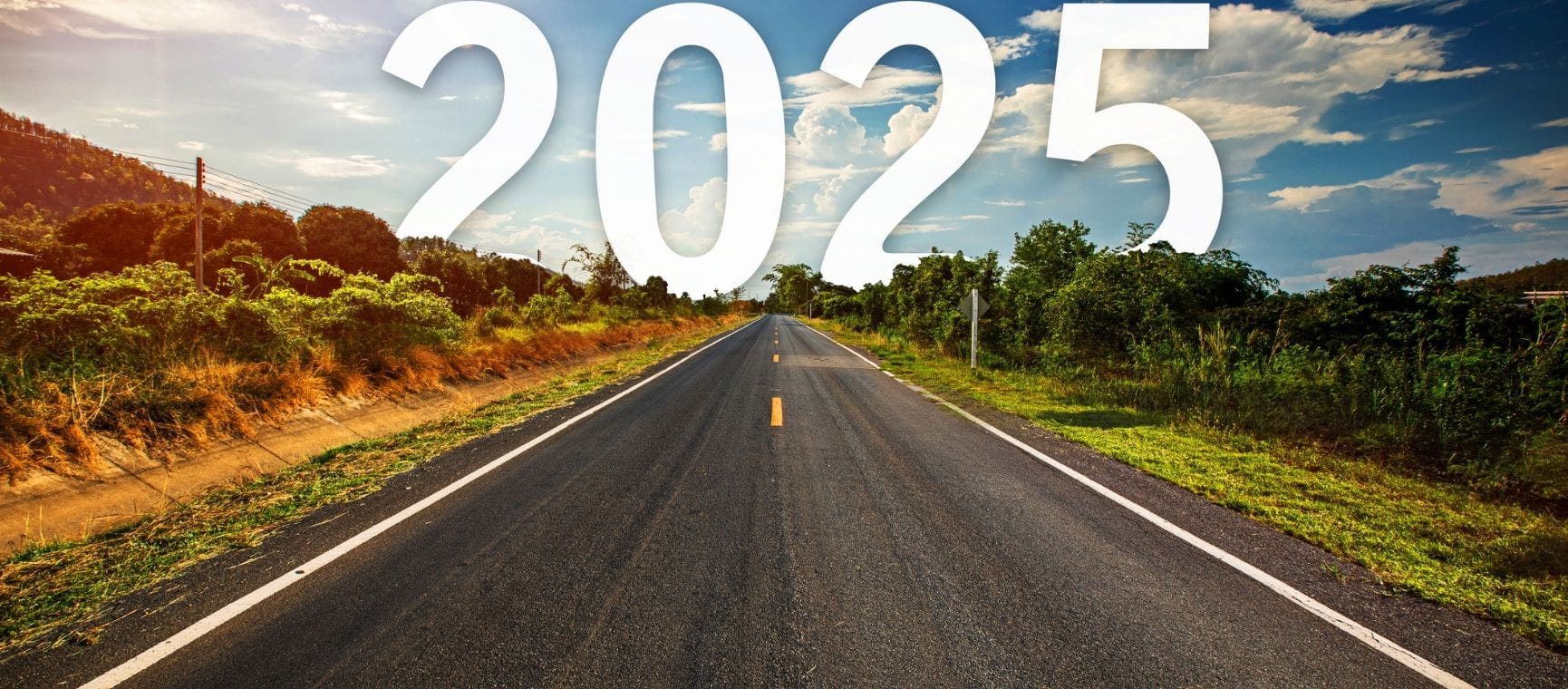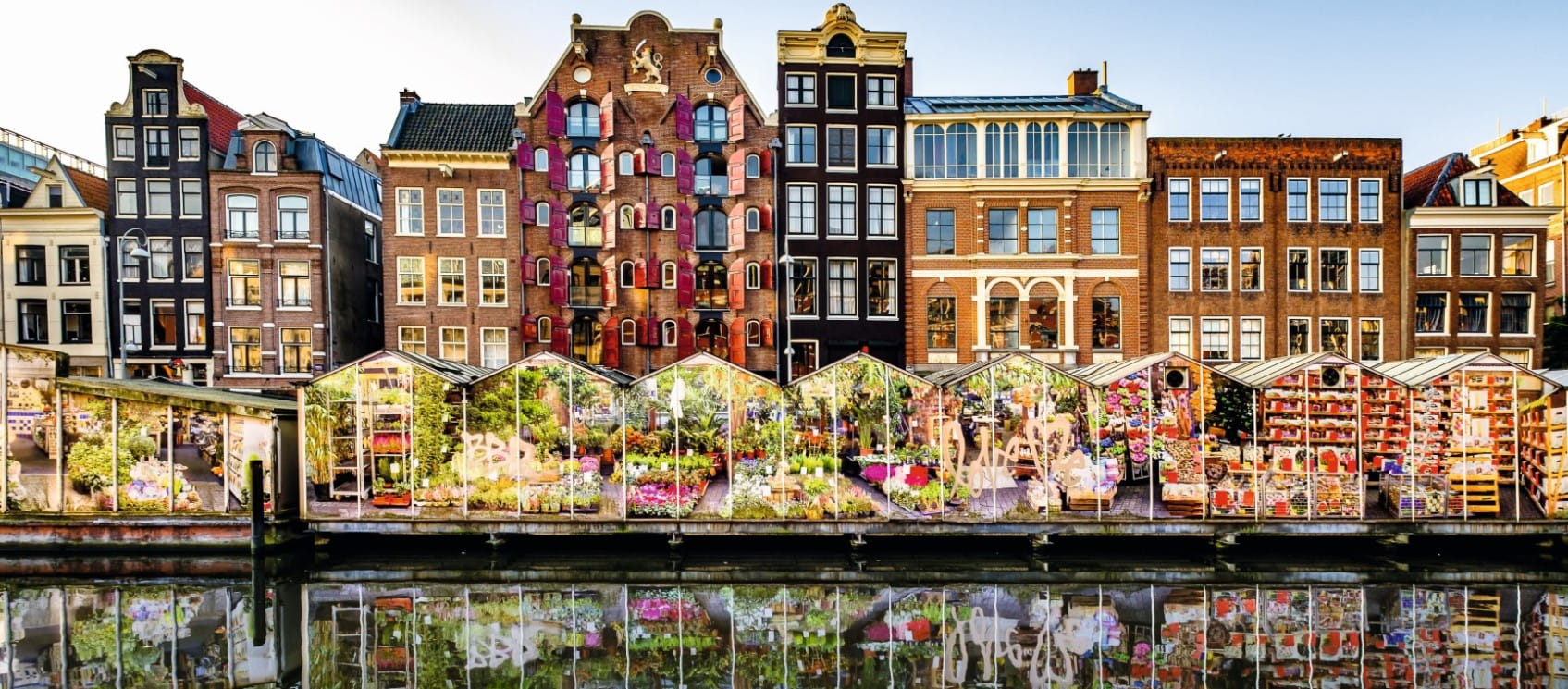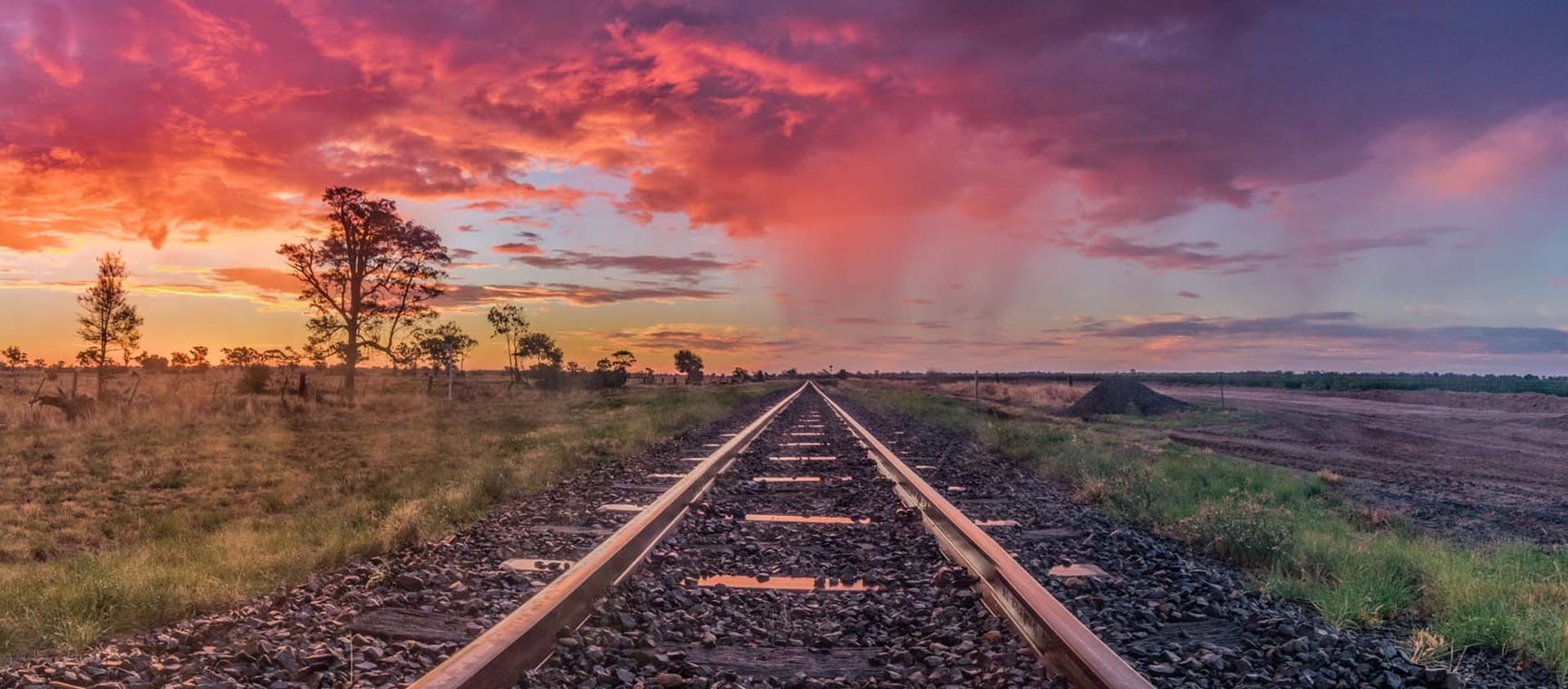The 8 best places to see bluebells this spring
We've picked the most beautiful locations across the UK to see bluebells and soak up their spring scent.

We've picked the most beautiful locations across the UK to see bluebells and soak up their spring scent.

There are few springtime activities as magical as wandering deep into the forest to be greeted with a carpet of bluebells. Bluebells are one of the last spring flowers to uncurl their heads, and are a signal that summer is well on its way.
They are a beloved sight across the UK, with many people planning their walks around the best places to see bluebells and smell their glorious scent.
The UK is home to up to half of all common bluebells in the world, according to the National Trust. In the wild, their presence can mean the woodland you’re walking through is likely to be an ancient one – a habitat now rare in Britain.
Whether you’re a keen photographer or simply love sharing a peaceful moment with these iconic flowers, we’ve found the best places to see bluebells.
The warmer southern areas of the UK might start seeing bluebells flower in mid-April, whereas if you’re further north you might need to wait until May.
According to the Woodland Trust, “They are one of the last spring flowers to bloom before the woodland canopy closes up and new leaves block out the sunlight.”
Typically, the best time to see them is from later in April to early May, but it all depends on your location and how warm the weather has been.

Its Great Wood is sprinkled with winding paths, blanketed on either side by these delicate blue flowers, making it easy to be among the bluebells without harming them.
Blickling Estate also made it onto our list of the best places to see cherry blossom each spring.
If it’s not already on your springtime walking list, it should be.
Take extra care not to trample bluebells on your walks. Bluebells are extremely delicate and often do not recover from being flattened underfoot.
There have been reports of bluebell populations dwindling in areas where they once thrived due to people not sticking to woodland paths.
Queen Victoria donated a parcel of her own land to Kew, with the caveat that it must remain wild.
This less-tamed conservation area is on the border where Kew Gardens meets the Thames.

Its 300-year-old woodland is home to one of London’s most spellbinding bluebell woods. Head to Queen Charlotte’s Cottage, which looks like it has been plucked straight from a fairy tale in spring, surrounded by bluebells and wild garlic. You will need an entrance ticket for Kew Gardens.
Or to see London bluebells without splashing out, Beckenham Place Park, in Beckenham, and Oxleas Woods, Eltham, have pockets of ancient woodland with beautiful bluebells in late April and early May.

If you head to Kinclaven Bluebell Wood in Perthshire, you might just get lucky. You may also glimpse a pine martin, which also call this forest home.
The wood, which is managed by the Woodland Trust, has a one-hour circular walk called Oakwood Loop, which takes in its marvellous floral display.

But to get there from the car park you stroll through woodland, which is where you’ll spot the bluebells. They bloom fairly early at this National Trust property due to Cornwall’s mild climate.
There’s a small entrance fee to pay, but there’s a café on site, so you can stop for nibbles before wandering through the 16th century garden.
Yes, it’s illegal to pick any part of bluebells you find growing wild. Bluebells are protected in a number of ways in the UK to stop the illegal sale of bulbs, which can take five years to develop from tiny black seeds into mature flowering bulbs. If you’ve grown your own bluebells on your property, however, you can legally pick those.
“Under the Wildlife and Countryside Act (1981) it is an offence to uproot any wild plant without the landowner’s permission,” writes Hannah Vickers on the Woodland Trust blog. “Bluebells are offered additional protection, making it illegal to pick or uproot wild bluebells to sell, even from your own land.”
There’s another good reason not to pick bluebells. They’re actually poisonous to humans (as well as cattle, horses and dogs). The bulbs can be mistaken for garlic or spring onions and will cause a nasty stomach upset if eaten – so they should be kept apart if you’re growing them at home, and the same goes for daffodils.
Their consumption can even be fatal in larger quantities. The sap from bluebells is also believed to cause skin irritation, according to Vickers. She says all varieties of bluebells contain glycosides, which are toxic, and therefore are poisonous.
Saga Magazine's senior digital editor Phillipa Cherryson, says: “I’m lucky enough to have a choice of places to see bluebells on my doorstep in Monmouthshire, but my favourite bluebell walk is at the Skirrid (Ysgyryd Fawr), near Abergavenny.

“The hill is owned by the National Trust and although it’s a popular walk, you can always find peace and solitude. You head uphill through woodland and then around the side of the hill through bluebell woods and onto the ridge. There you will be greeted with views of the Black Mountains to the west, Abergavenny to your south and England to your east.
“I make sure I do this walk every spring to see the bluebells and I haven’t missed it once yet in 27 years.”
They might look quite similar at first, but you can tell these plants apart if you know how. You might also spot a hybrid, which is a mix between the two.

Wander through dappled sunlight (or seek cover from an April shower) and drink up the blue haze of its enchanting spread of bluebells in ancient, coppiced woodlands high above the castle.
Bluebells here are in flower from mid-April to mid-May. Just bear in mind that the steep pathways to and through the bluebell woods can be a little tricky for people who are less mobile.
There is an entrance fee to pay, but your ticket also grants access to the property’s Hawk & Owl Centre. There you can see birds of prey up close, and take in one of the regular flying displays.

The woodland sits at the foot of the Mourne mountains and offers panoramic views out to sea from the Slieve Croob Area of Outstanding Natural Beauty.
There are huge areas of bluebells growing in the forest, though some visitors have noted the majority of plants tend to bloom on the upper slopes, rather than down by the river in the past. An abundance of follies populate the park, which charges an admission fee and is open until sunset each day.
This Site of Special Scientific Interest is located just north of Cobham village in the Kent Downs Area of Outstanding Natural Beauty. The ancient woodland has abundant wildlife so you won’t be far from dormice, rare bat species and, of course, the bluebells as you wander amid its venerable knotted trees.
If you’re a fan of circular routes, the woodland is bordered by other green spaces that are linked by the 10km (6 mile) Darnley Trail.

You don’t need to find a forest to enjoy the bluebells each spring. You can grow this flower from bulbs at home, but make sure the ones you buy are licensed and native. This means they won’t have been harvested from the wild, which is illegal, or be from a non-native and more invasive species (like Spanish bluebells).
Gardening charity Thrive has shared the benefits of growing your very own bluebells at home:
Rosanna Spence has been a journalist for 10 years, reporting on a huge array of topics – from microwaves to cocktails, sustainable buildings, the Caribbean islands and beyond. She’s interviewed chefs at the helm of Michelin-starred restaurants and chatted to countless CEOs about their businesses, as well as created travel guides for experienced travellers seeking life-changing adventures. Throughout her career, she has created content for Business Traveller, i-escape.com, Pub & Bar, BRITA, Dine Out and many more leading titles and brands.
View author page


Whether your perfect beach holiday is just sun, sea and sand, or if you like a bit of sightseeing, shopping or snorkelling thrown in, one of these might be your ideal destination.

Jetting off to Italy’s ‘Eternal City’? We reveal the best places to visit in Rome, from ancient temples to al fresco dining with a view.






Autumn on Europe’s rivers is always spectacular. We’ve got the best cruises to try in 2025.
